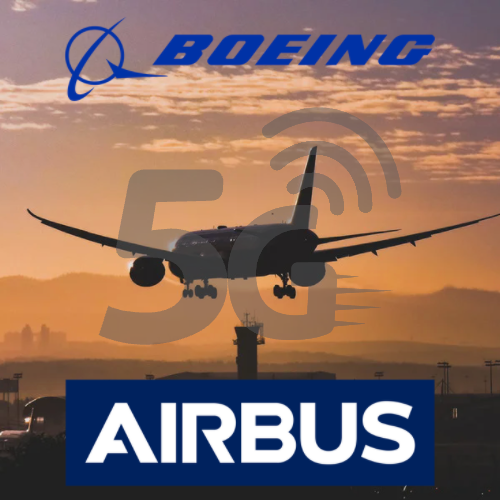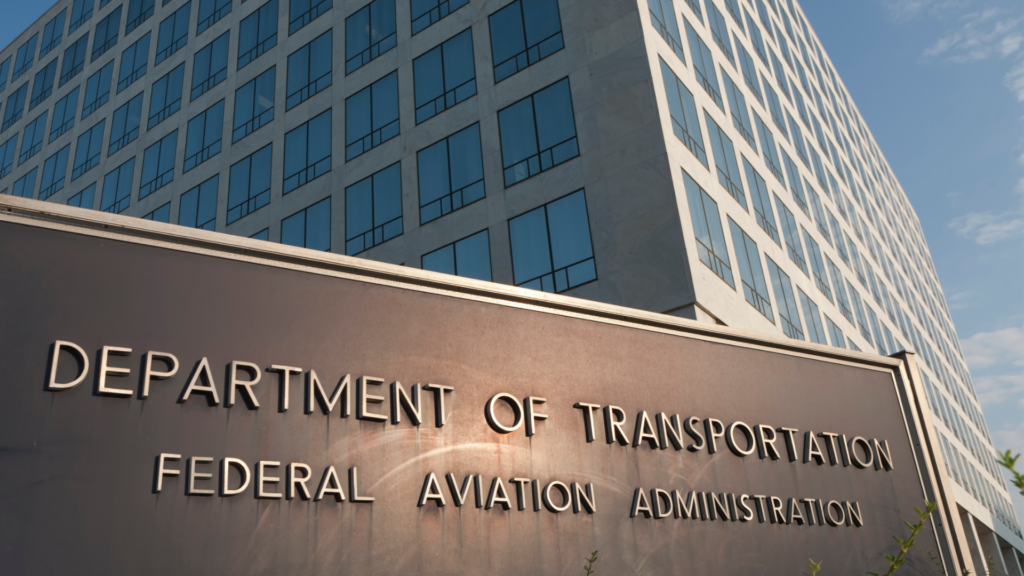Just when we thought we had heard about the last delay with C-Band 5G, the FAA now says it could take another year before areas around airports will benefit from C-Band’s speed upgrades.
The subject was a hot topic that was discussed at a hearing held Thursday by the House Transportation and Infrastructure Committee. During this hearing, lawmakers voiced frustration with the Federal Aviation Administration and the Federal Communications Commission, and asked why the standoff was not resolved earlier.
The aviation industry and FAA had warned that 5G interference could impact sensitive airplane electronics such as radio altimeters, which gauge the height of an aircraft above terrain immediately below it and are used in low visibility landings. Steve Dickson, the FAA Administrator, testified that federal agencies need to improve their coordination in such matters because there will be additional spectrum issues in the future.
“The process did not serve anyone well,” Dickson said. “It did not serve the aviation community well, certainly the FAA, and it also did not serve the telecommunications industry well. And we certainly need to do better as a country.”
“5G and aviation can safely coexist,” Dickson told the panel. He then took the next two hours to explain how much work it’s going to take before that safe coexistence can occur.
With regards to the steps taken by AT&T and Verizon thus far, Dickson said he’s satisfied this will help to avoid possible interference on their initial C-Band 5G service. The frequency in question ranges from 3.7 to 3.8GHz and radio altimeters – the devices that the service can interfere with – operate from 4.2 to 4.4GHz.
AT&T and Verizon have already pushed back their C-Band launches twice and agreed not to deploy C-Band in buffer zones around airports created by the FAA. This began in December, but rollouts did not start until January 19th.
Intensive testing has been performed by the FAA and they continue to do so. They have already cleared 20 altimeter models and certified 90 percent of the US commercial fleet as safe to operate in low-visibility conditions that would require relying on radio altimeters.
“All parties are working together very effectively at this point,” Dickson said, crediting wireless carriers for providing the government with more detailed information about cell-site location, power strength, and signal shape.
What about smaller aircrafts? Regional and business jets, helicopters and other “general aviation” aircraft with altimeters are still uncertified against C-Band interference.
Dickson noted that discussions with altimeter manufacturers are showing some promise. They’ve suggested some of those altimeters could be fixed with radio-frequency filters. Ultimately, the FAA needs to write altimeter performance standards for C-Band resistance, which he said will probably take a year before manufacturers can design new units.
With that being said, it means the originally planned 6 month delay is going to run much longer. The good news is that the testing everyone is doing is already helping the FAA to chip away at the buffer zones, making them just a little smaller as time goes on.
Almost every member of Congress at the hearing had the same questions we’ve had – how could an interagency coordination process meant to avoid last-minute conflicts could have gone so wrong?
Dickson’s response put partial blame on the wireless carriers, saying that they did not provide sufficiently detailed technical data until December. Some committee members, meanwhile, blamed extended leadership vacancies during most of the Trump administration at the Commerce Department’s National Telecommunications and Information Administration (NTIA), the agency that’s supposed to help coordinate these efforts.
A failure to communicate indeed, which still continues it seems since the FCC, which ran the C-Band auction, did not participate in the hearing.





